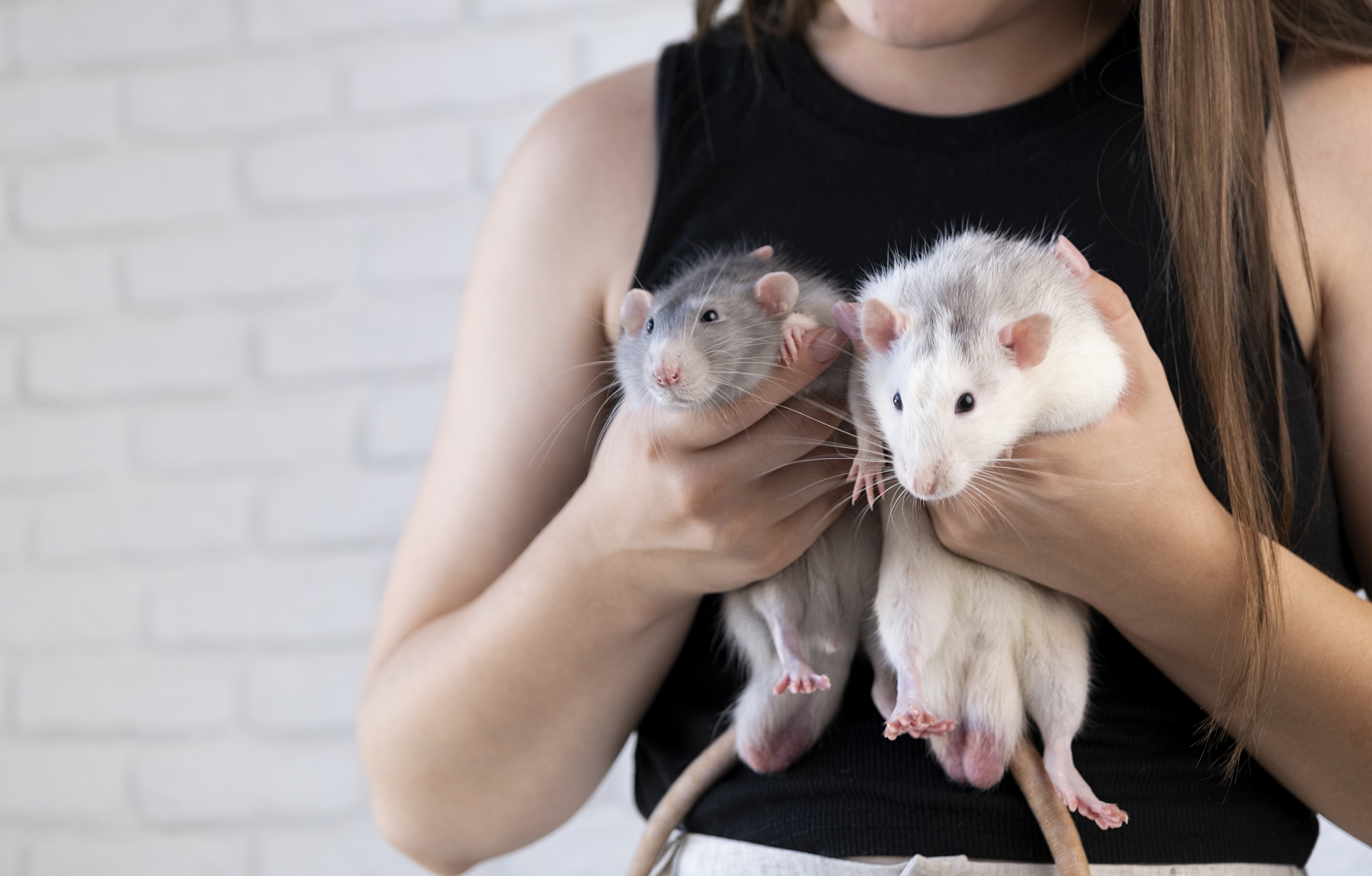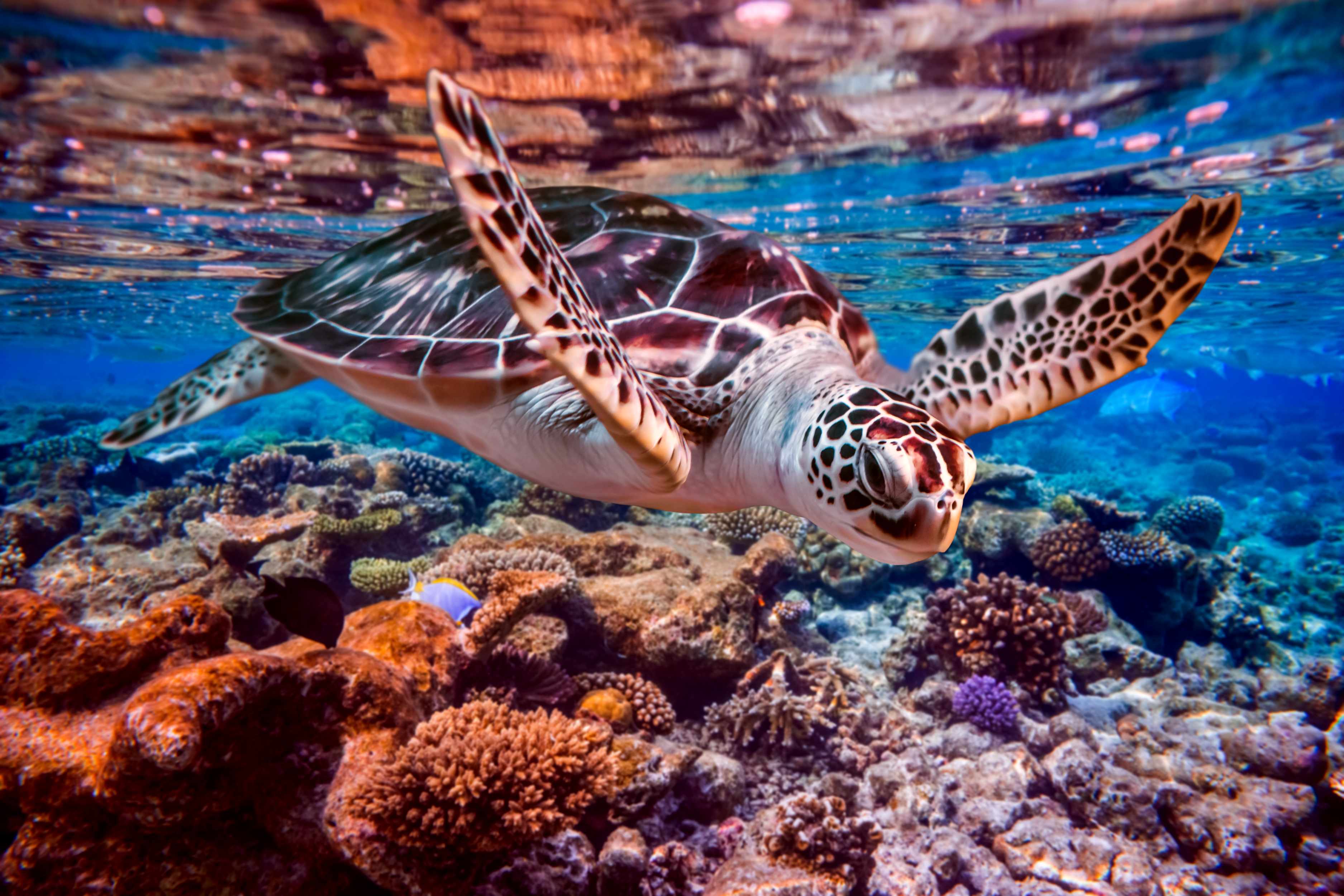10 Animals That Fake Their Own Deaths
Nature is a realm of endless wonders, where survival often hinges on cunning and deception. In the wild, the ability to deceive can mean the difference between life and death. This article delves into the fascinating world of nature's masters of deception, focusing on 10 extraordinary creatures that have honed their skills to become unparalleled tricksters. These creatures employ a myriad of strategies, from mimicry to camouflage, to outwit predators and prey alike. The world is home to many remarkable species that have mastered the art of feigning death, a tactic as dramatic as it is effective. Through this exploration, we aim to uncover the evolutionary marvels and survival strategies that make these creatures true masters of deception.
1. Masters of Camouflage: The Chameleon’s Colorful Illusions
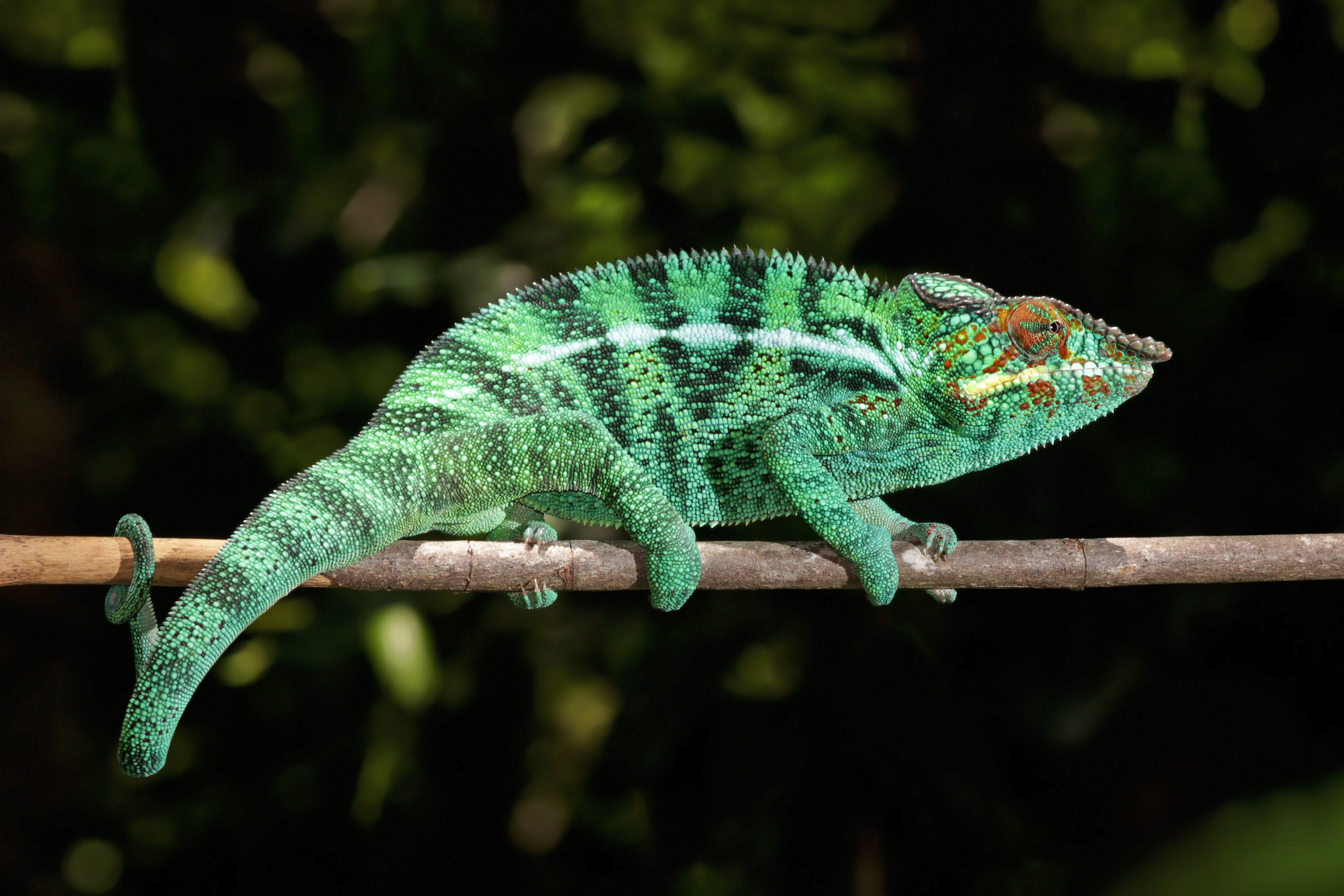
Chameleons are perhaps the most iconic masters of camouflage, renowned for their ability to change color and blend seamlessly into their surroundings. This remarkable ability is not just for hiding from predators but also for communication and temperature regulation. Chameleons possess specialized cells called chromatophores, which allow them to manipulate pigments and reflect light in various ways. This complex system enables them to display a range of colors and patterns, making them virtually invisible in their natural habitats. Their deception goes beyond mere color change; their slow, deliberate movements mimic the swaying of leaves, further enhancing their ability to remain undetected.
2. Mimicry Marvels: The Dead Leaf Butterfly’s Disguise
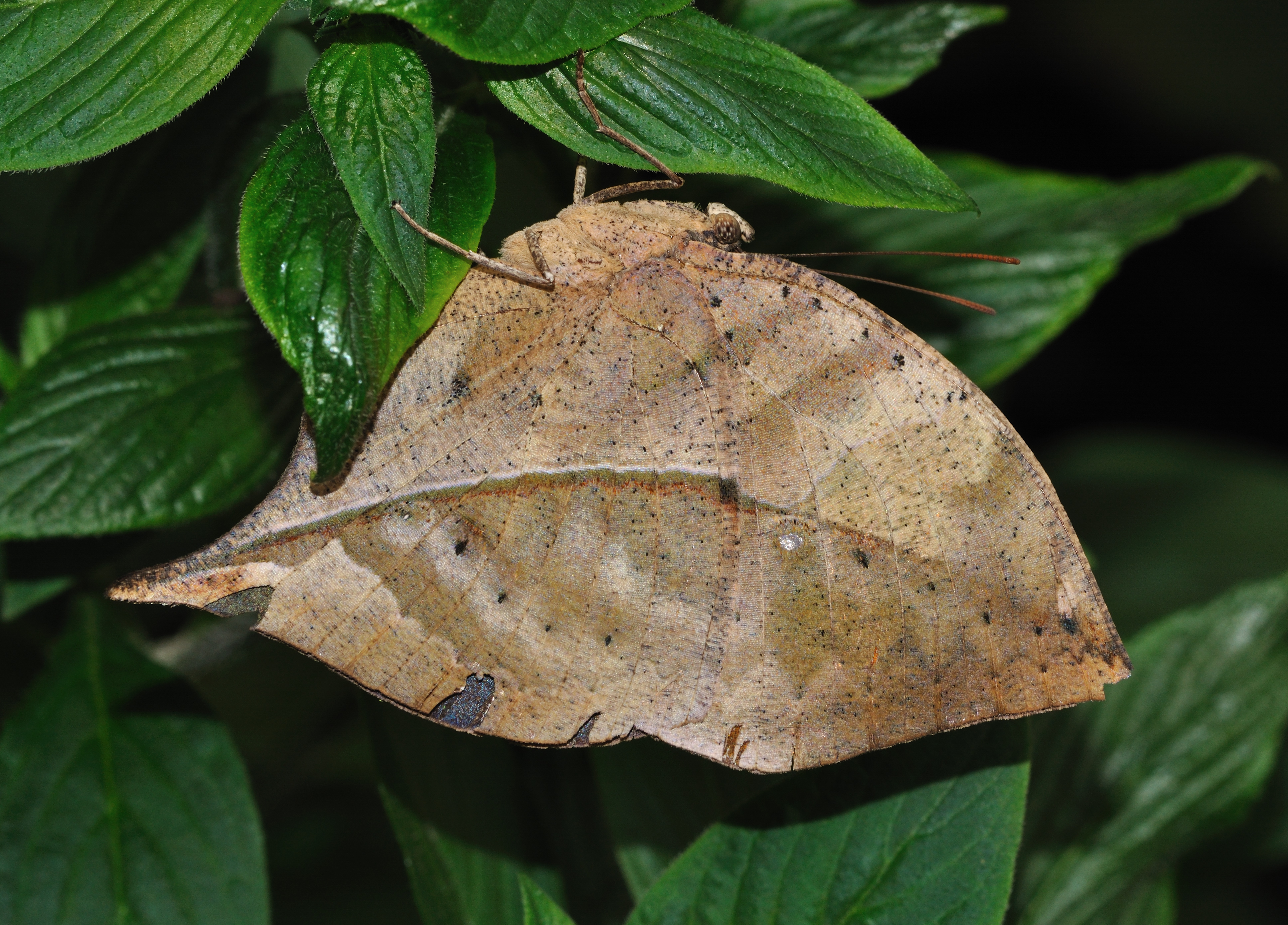
The dead leaf butterfly, or Kallima inachus, is a master of mimicry, with wings that resemble dead leaves. This incredible adaptation provides an effective disguise against predators. When its wings are closed, the butterfly's appearance is strikingly similar to a withered leaf, complete with veins and varying shades of brown. This level of mimicry is not just a visual trick; it extends to the texture and even the way it rests among leaf litter. This form of deception allows the butterfly to avoid detection by predators, showcasing nature's ingenuity in using mimicry as a survival strategy.
3. The Cunning Cuttlefish: Underwater Illusionists
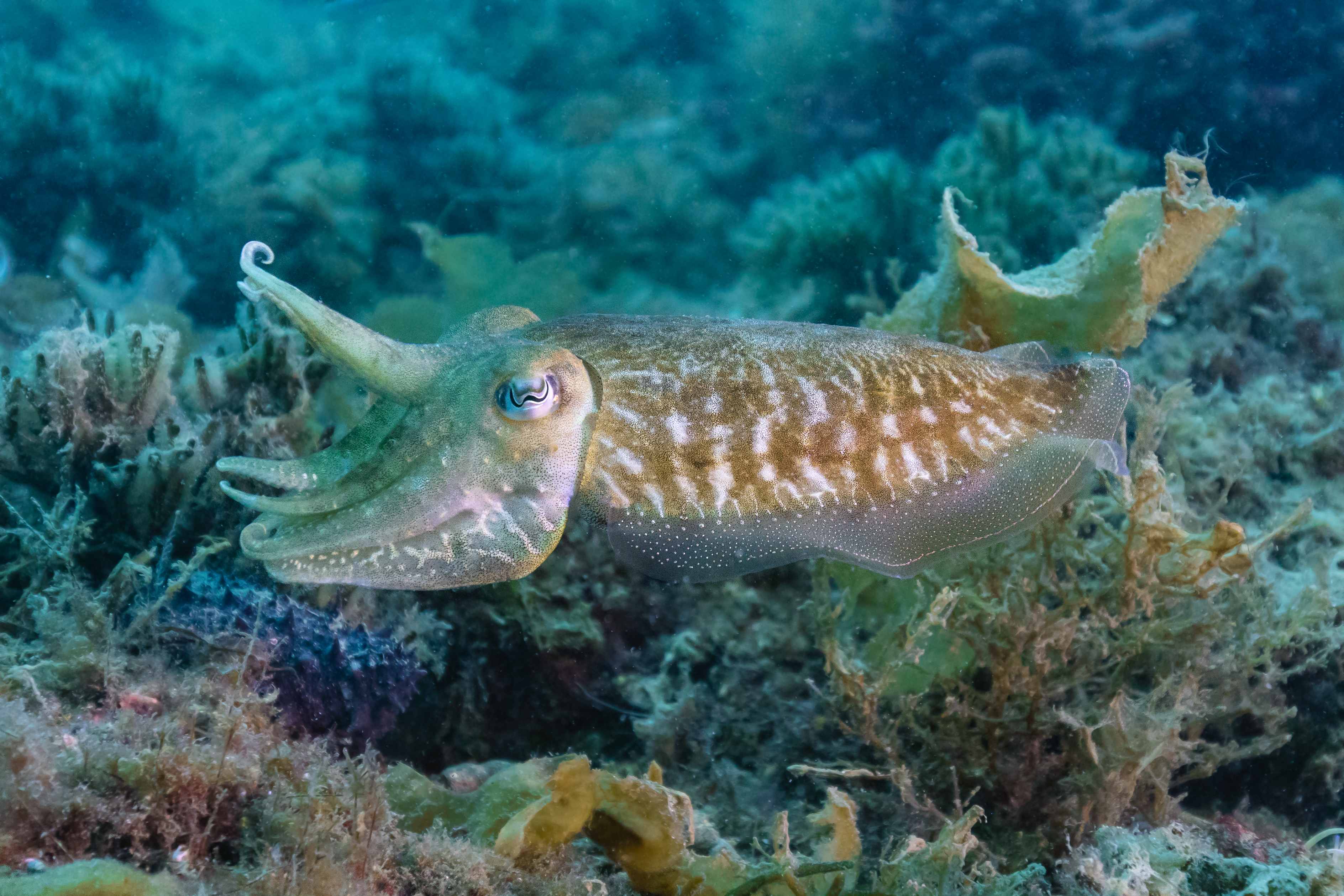
Cuttlefish are the ocean's masters of deception, capable of changing their skin color and texture in the blink of an eye. These cephalopods possess a sophisticated nervous system and specialized skin cells that allow them to create dynamic patterns and textures. This ability not only helps them evade predators but also aids in hunting prey by allowing them to blend into their surroundings or create mesmerizing displays to confuse their targets. Cuttlefish can even mimic the appearance and movement of other marine animals, further demonstrating their prowess as underwater illusionists.
4. The Lure of the Anglerfish: Deceptive Predators
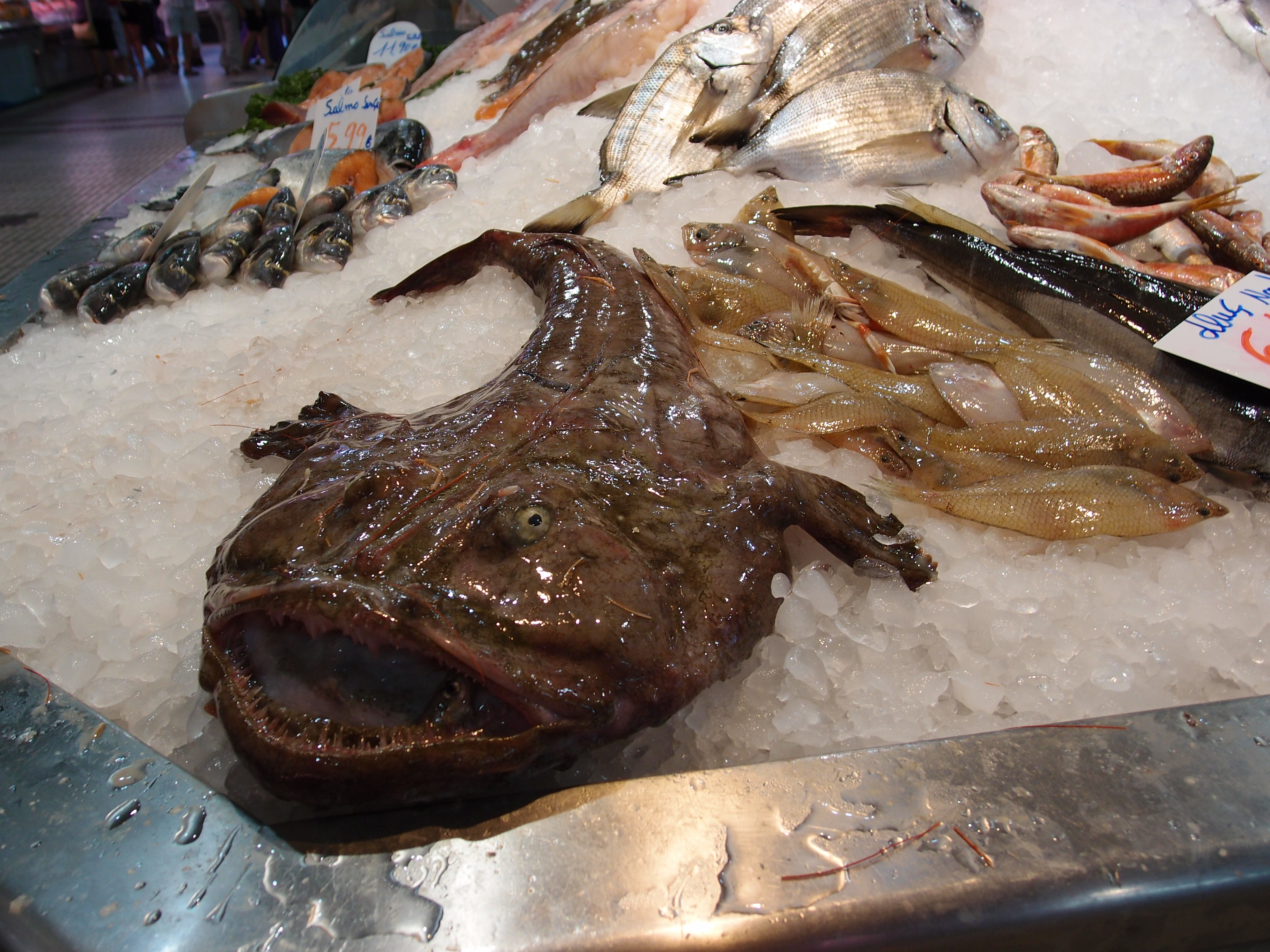
Deep in the ocean's depths, the anglerfish uses deception to lure its prey. Equipped with a bioluminescent lure that protrudes from its head, the anglerfish attracts unsuspecting prey with a glowing light in the pitch-black environment. This lure mimics the appearance of smaller fish or invertebrates, drawing prey close enough for the anglerfish to strike with lightning speed. This predatory deception is a testament to the evolutionary adaptations that allow creatures to thrive in the harshest environments, turning the darkness of the deep sea into a hunting ground.
5. The Sneaky Stick Insect: Masters of Disguise
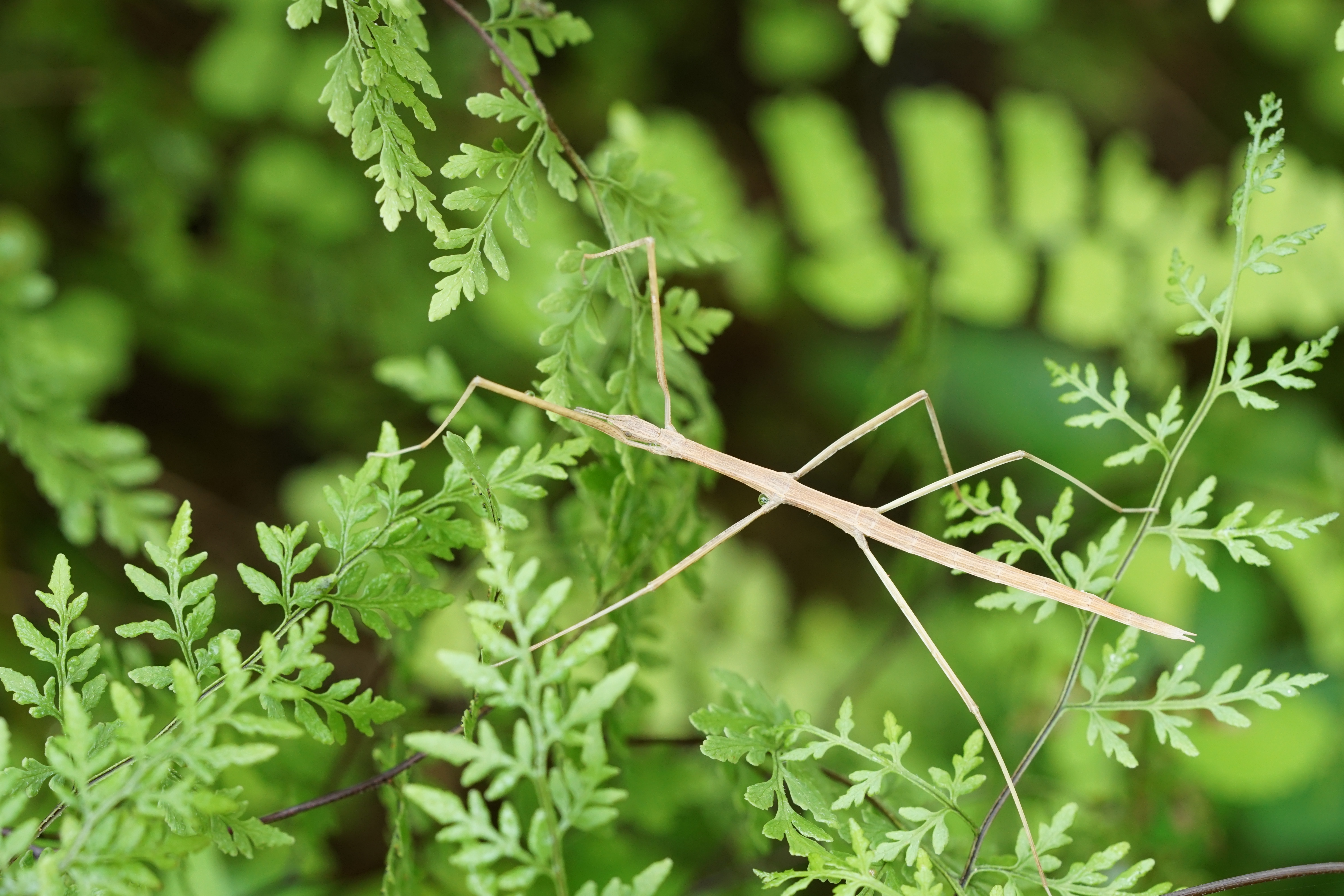
Stick insects are quintessential masters of disguise, perfectly mimicking the appearance of twigs and branches. This form of camouflage is so effective that predators often overlook them entirely. Stick insects employ a combination of color, shape, and behavior to enhance their deception. Some species can even change color to match their surroundings or mimic the movement of branches swaying in the wind. This remarkable adaptation not only protects them from predators but also allows them to ambush unsuspecting prey, making them both elusive and effective hunters.
6. The Clever Cuckoo: Parasitic Deception
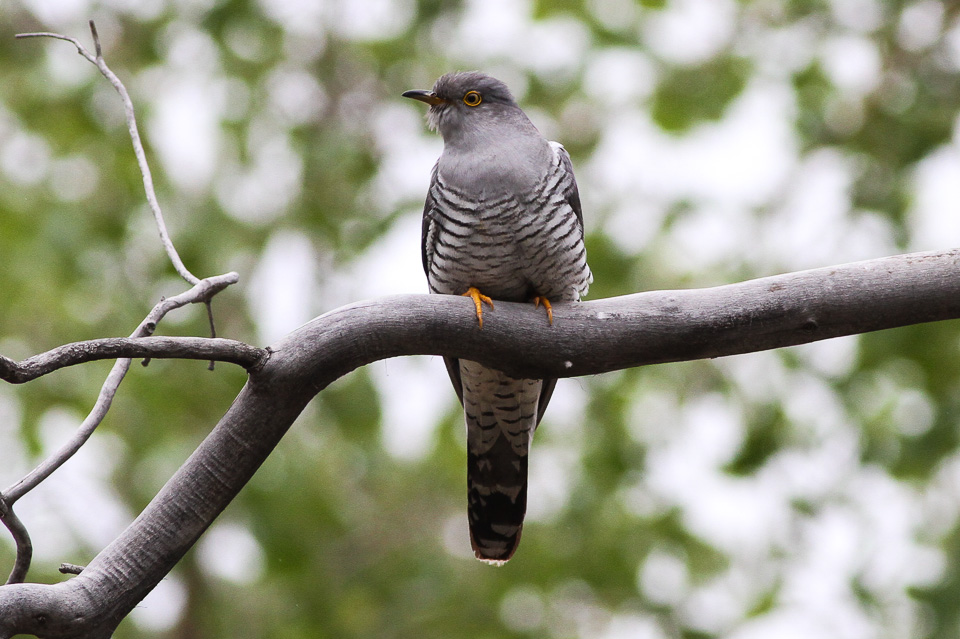
The cuckoo is notorious for its deceptive breeding strategy, known as brood parasitism. Female cuckoos lay their eggs in the nests of other bird species, leaving the unsuspecting hosts to raise their young. The cuckoo chick often hatches before the host's eggs and will eject them from the nest to eliminate competition. This cunning strategy ensures that the cuckoo chick receives all the resources and care from the host parents. The cuckoo's ability to mimic the appearance and calls of the host species' chicks further enhances this deception, showcasing a complex interplay of evolutionary tactics.
7. The Mimic Octopus: Nature’s Shape-Shifter
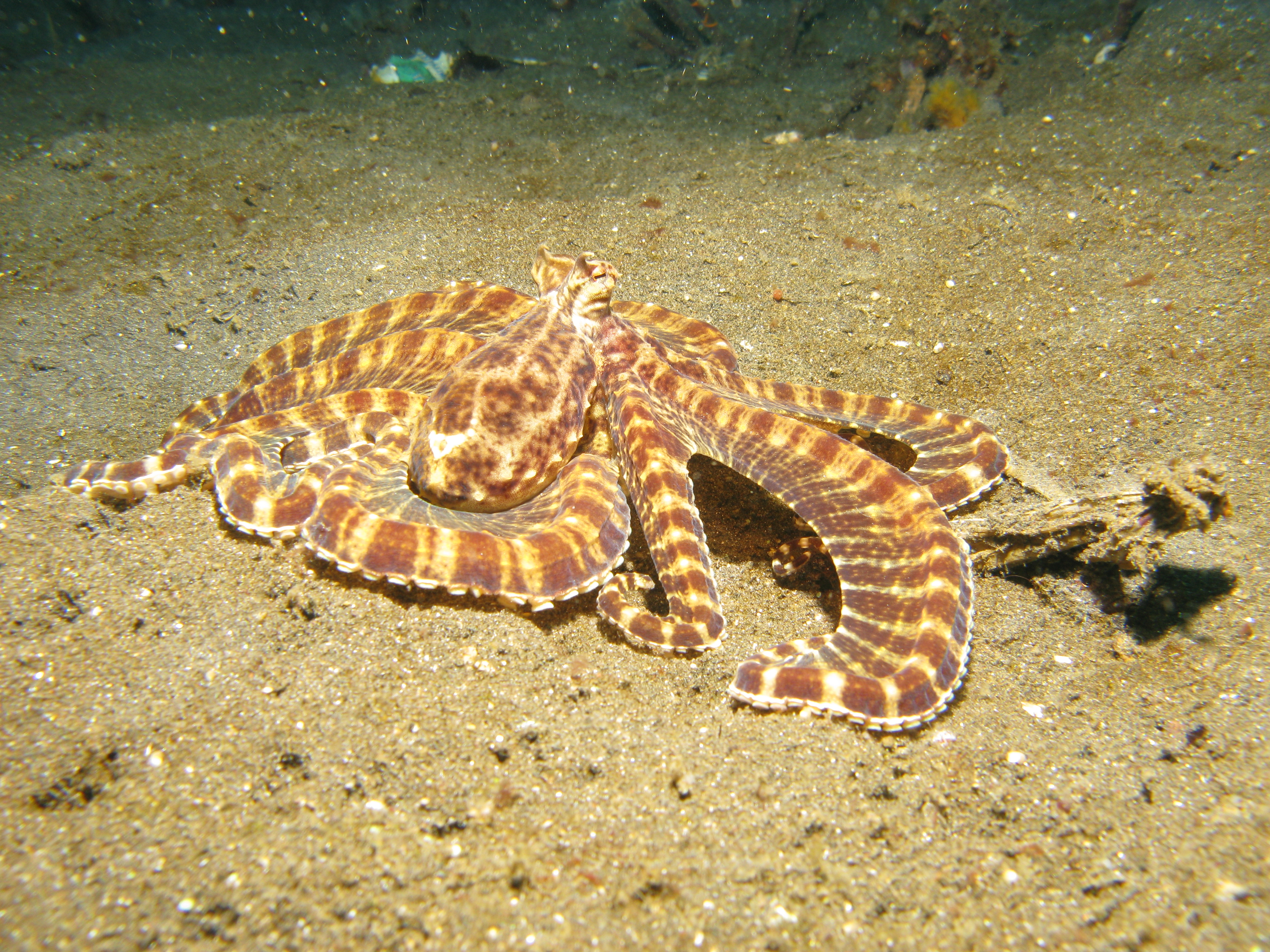
The mimic octopus is a true shape-shifter, capable of imitating a wide range of marine animals, including lionfish, flatfish, and sea snakes. This remarkable ability allows the mimic octopus to deter predators by taking on the appearance of more dangerous or unpalatable creatures. The mimic octopus achieves this through a combination of color change, body shape alteration, and movement patterns. This level of deception is unparalleled in the animal kingdom, demonstrating the octopus's incredible intelligence and adaptability in the face of danger.
8. The Death-Feigning Opossum: Playing Dead for Survival

The opossum is famous for its dramatic defense mechanism of playing dead, or thanatosis, to avoid predation. When threatened, an opossum will collapse, drool, and emit a foul odor, convincingly simulating death. This behavior deters predators that prefer live prey or are wary of consuming carrion. The opossum's ability to convincingly feign death is an evolutionary adaptation that has allowed it to survive in a world full of predators. This tactic is a testament to the diverse strategies animals employ to ensure their survival in the wild.
9. The Artful Armadillo: Rolling Away from Danger
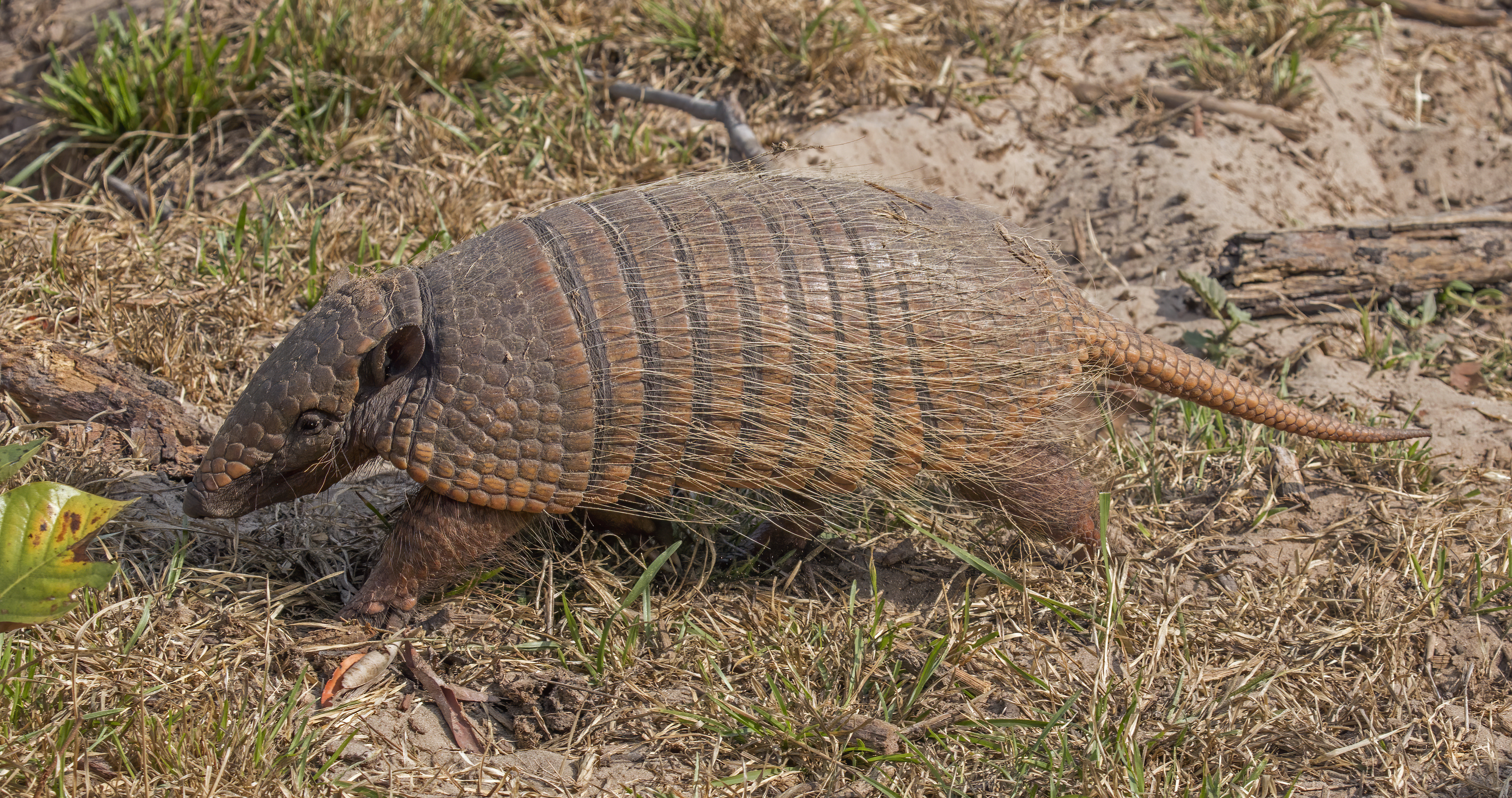
Armadillos have developed a unique method of deception and defense: rolling into a tight ball to protect their vulnerable underbellies. This behavior not only shields them from predators but also creates the illusion of an inanimate object, making them less appealing to potential threats. The armadillo's ability to curl up is an evolutionary adaptation that has allowed it to thrive in various habitats, from dense forests to open grasslands. This defensive tactic is a perfect example of how animals use deception to enhance their survival prospects.
10. The Crafty Killdeer: The Broken-Wing Act
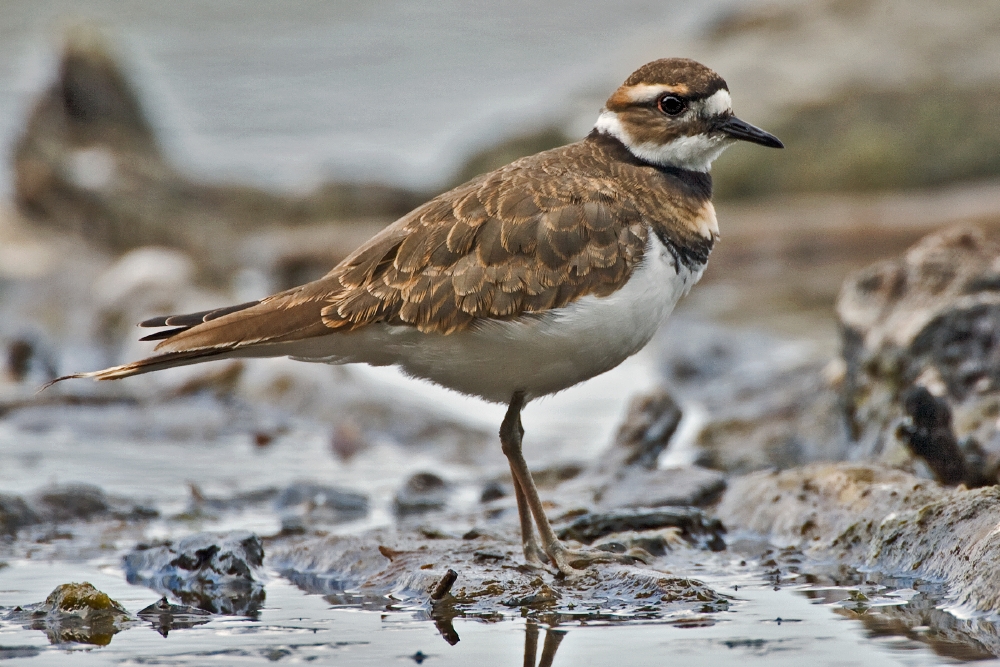
The killdeer, a ground-nesting bird, employs an ingenious form of deception to protect its young. When a predator approaches its nest, the killdeer performs a broken-wing display, feigning injury to lure the threat away. This behavior involves the bird fluttering on the ground, appearing vulnerable and easy prey. Once the predator is sufficiently distracted and led away from the nest, the killdeer makes a swift escape. This tactic highlights the lengths to which animals will go to protect their offspring, using deception as a powerful tool in their survival arsenal.
The natural world is a tapestry of deception, where survival often depends on the ability to outwit predators and prey. The creatures explored in this article demonstrate the incredible diversity and complexity of deceptive tactics in nature. From the color-changing chameleon to the death-feigning opossum, each species has evolved unique strategies to navigate the challenges of their environments. These masters of deception are a testament to the power of evolution and the endless creativity of nature. As we continue to study these fascinating creatures, we gain deeper insights into the intricate dance of survival that defines the wild world.

